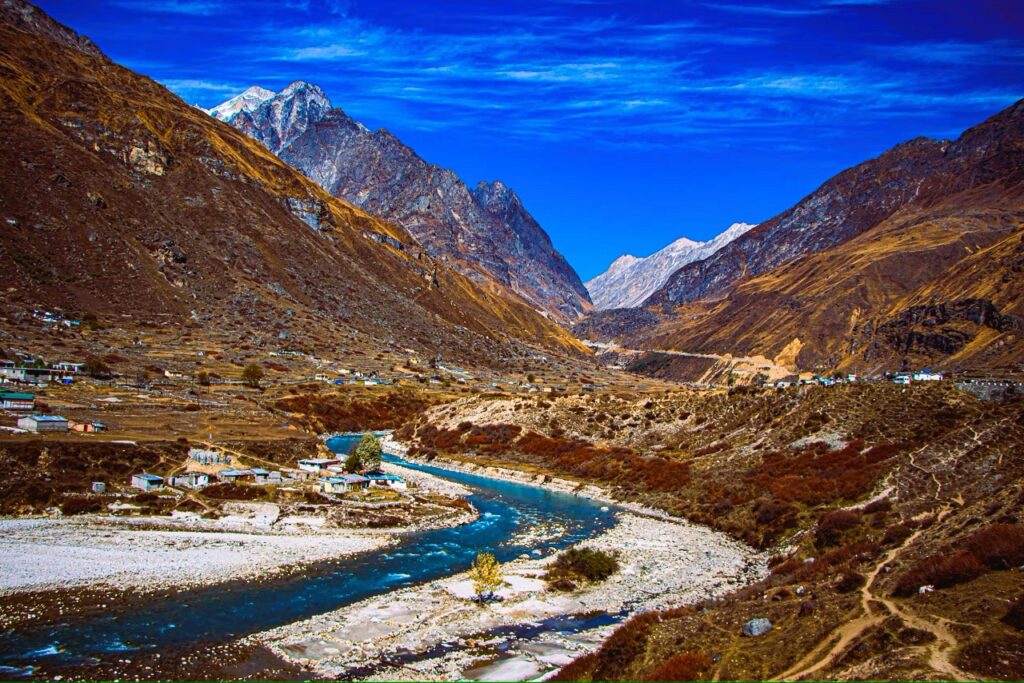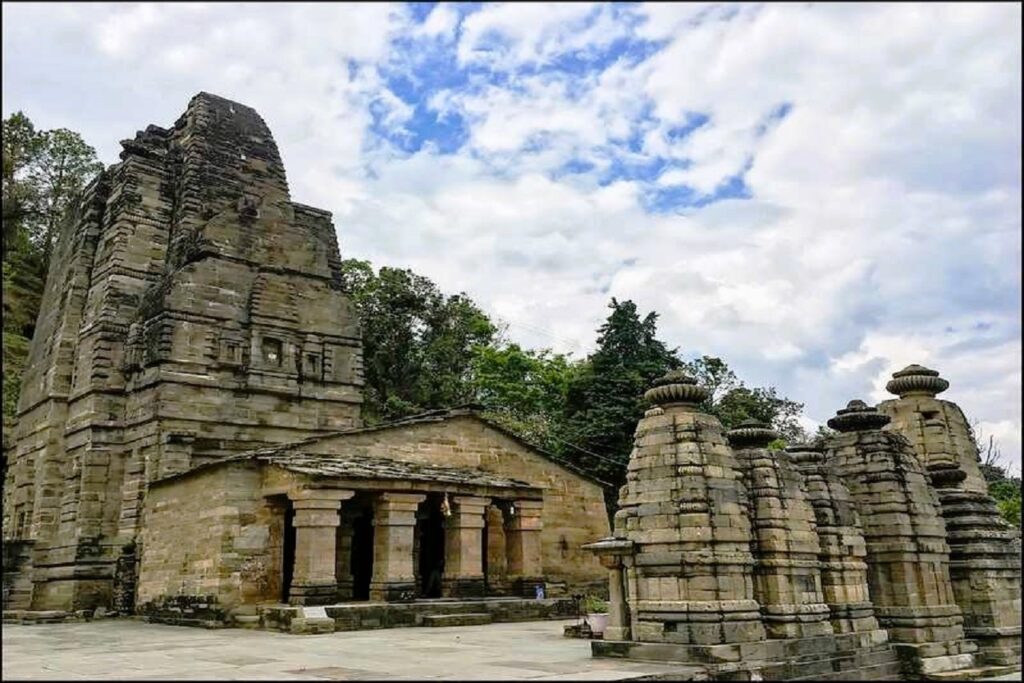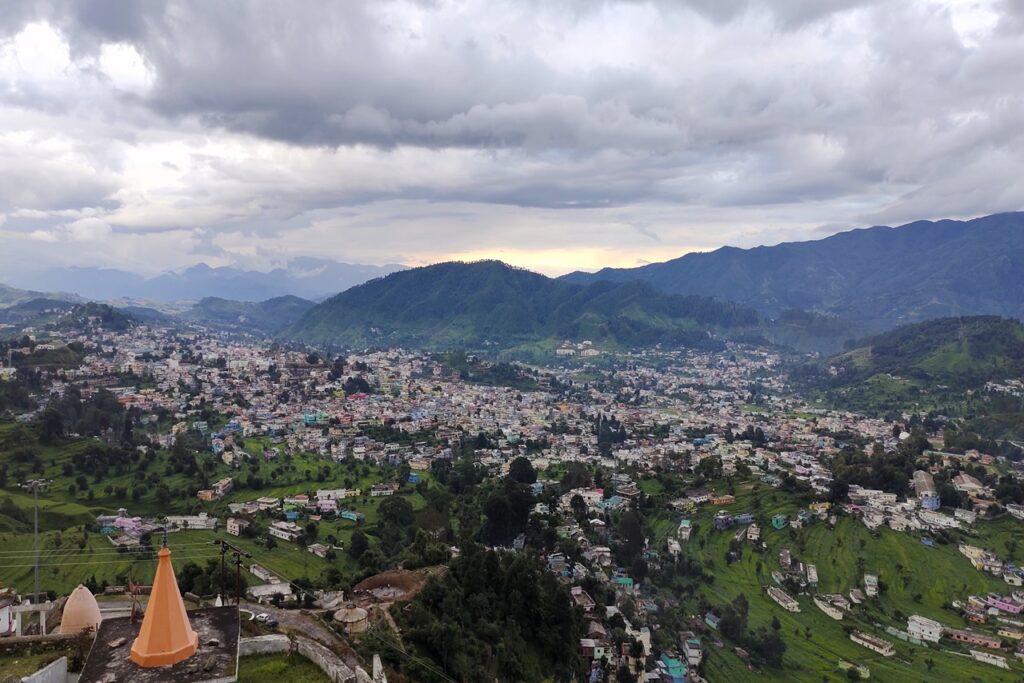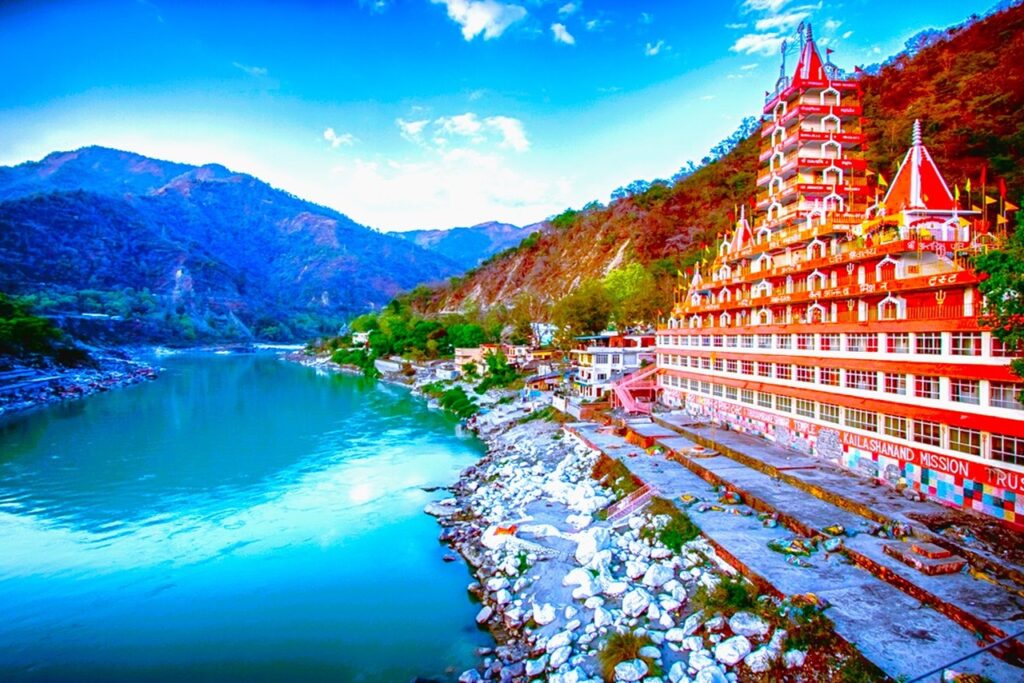
Adi Kailash also known as Chota Kailash is a Hindu devotees place located in the Himalayan range In the Pithoragarh district of Uttarakhand in India. The Place is dedicated to the Hindu God Lord Shiva. You can also see Glimpse of Om Parvat, and Parvati Sarovar Gauri Kund in the route of Adi Kailash. The base camp of Adi Kailash is about 16 to 17 Km from the beautiful village name Kutti. The lovers of trekkers, hiking, and camping are often charmed to see the beautiful and sacrarium places on the route of Adi Kailash. The trek pass goes through small tribal villages like Pelikhiti, Malpa, Boondi, Chankan, Chiyalekh, and Darma. You can admire and be amazed by all the beautiful places when you see them.
History of Adi Kailash
There is a religious belief that when Lord Shiva came to marry Goddess Parvati in a wedding procession, he had put his stop on Adi Kailash. Adi Kailash is very close to the Tibet border with Uttarakhand. The beauty here is pleasing. However, to reach this mountain one has to travel 105 km long and difficult.
Adi Kailash, also known as Chota Kailash or Baba Kailash, is a sacred mountain located in the Indian state of Uttarakhand in the Garhwal region. It holds immense religious significance in Hinduism and is considered an alternative abode of Lord Shiva. Here’s a brief history:
Religious Significance: Adi Kailash is revered as the earthly embodiment of Mount Kailash in Tibet, which is believed to be the celestial abode of Lord Shiva. Many devout Hindus undertake the arduous pilgrimage to Adi Kailash as a sacred journey to seek the blessings of Lord Shiva.
Mythological Connections: According to Hindu mythology, it is believed that Lord Shiva performed penance on Adi Kailash. The mountain is associated with various legends, including the story of Ravana (the demon king of Lanka) meditating here to attain divine powers.
Pilgrimage Destination: Adi Kailash is part of the Kailash Manasarovar Yatra route, attracting pilgrims and devotees who embark on the challenging trek to circumambulate the sacred peak. The journey involves traversing through rugged terrain and high-altitude landscapes, adding to the spiritual significance of the pilgrimage.
Natural Beauty: Beyond its religious importance, Adi Kailash is renowned for its stunning natural beauty. The trek to the mountain offers breathtaking views of snow-capped peaks, alpine meadows, and pristine lakes, enhancing the overall experience for pilgrims and adventure enthusiasts alike.
Adi Kailash stands as a testament to the intertwining of spirituality, mythology, and nature in the sacred landscapes of Uttarakhand.
Adi Kailash Yatra
Adi Kailash yatra begins from the Darma Valley and it will go to the Kuthi Yangti valley, which is in the route of Kailash Mansarovar route of Tibet. If you want to go through your vehicle you should go via Gunji, Dharchula.
The Adi Kailash Yatra is a sacred pilgrimage to Adi Kailash, also known as Chota Kailash or Baba Kailash, in the Garhwal region of Uttarakhand, India. Here is an overview of the Adi Kailash Yatra:
Starting Point: The journey typically begins from Dharchula, a town in the Pithoragarh district of Uttarakhand. Dharchula serves as the base camp for the pilgrimage.
Route: Pilgrims embark on a challenging trek through rugged terrain and remote areas. The trek takes them through picturesque villages, dense forests, and alpine meadows. The trail offers breathtaking views of the Himalayan landscape.
Distance and Duration: The trek to Adi Kailash is approximately 34 kilometers one way, and the entire yatra usually takes around 14 to 18 days, depending on the specific route chosen and weather conditions.
Altitude: Adi Kailash is situated at a high altitude, and the trek involves navigating through varying elevations. Pilgrims may experience altitude-related challenges, so acclimatization is crucial.
Significance: The yatra holds immense religious significance for Hindus. Adi Kailash is considered a sacred site associated with Lord Shiva, and circumambulating the mountain is believed to bring spiritual blessings.
Rituals: Pilgrims perform various rituals during the yatra, including bathing in the holy lakes, offering prayers at the Kailash Parvat, and seeking blessings at other significant points along the route.
Holy Lakes: The yatra includes visits to several holy lakes, such as Parvati Sarovar and Gauri Kund, which are believed to have mythological and spiritual importance.
Cultural Experience: Apart from its religious significance, the Adi Kailash Yatra provides participants with a cultural experience as they interact with local communities and witness the traditional way of life in the Himalayan region.
Challenges: The yatra poses physical challenges due to the difficult terrain and weather conditions. Pilgrims need to be well-prepared, physically fit, and equipped for the journey.
The Adi Kailash Yatra is not as widely known or frequented as some other Himalayan pilgrimages, such as the Kailash Manasarovar Yatra, but it attracts devotees and adventure enthusiasts seeking a unique and spiritually enriching experience in the lap of the Himalayas.













